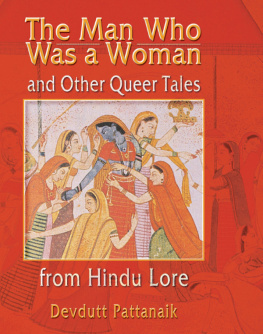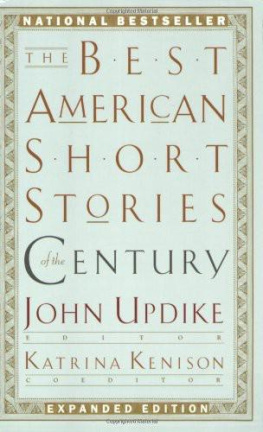THE MAN WHO THOUGHT
HIMSELF A WOMAN
and
Other Queer Nineteenth-Century
Short Stories

Q19: THE QUEER AMERICAN NINETEENTH CENTURY
Christopher Looby, Series Editor
Queer is a good nineteenth-century American word, appearing almost everywhere in the literature of the time. And, as often as not, the nineteenth-century use of it seems to anticipate the sexually specific meanings the word would later accrue. Sometimes queer could mean simply odd or strange or droll. But at other times it carried within itself a hint of its semantic future, as when Artemus Ward, ostensibly visiting a settlement of Free Lovers in Ohio, calls them some queer people, or when the narrator of Constance Fenimore Woolsons Felipa refers to the eponymous child, who wears masculine clothing, as a queer little thing, or when Herman Melville, writing of the master-at-arms Claggart in Billy Budd, tells us that young Billy, sensitive to Claggarts attentively yearning yet malicious behavior toward him, thought the master-at-arms acted in a manner rather queer at times. Q19: The Queer American Nineteenth Century makes available again a set of literary texts from the long American nineteenth century in which queer appears in all its complex range of meaningsas in George Lippards The Midnight Queen: Strange! cried one. Odd! another. Queer! a third.
THE MAN WHO THOUGHT
HIMSELF A WOMAN
and
Other Queer Nineteenth-Century
Short Stories

Edited and with an introduction by
Christopher Looby

Publication of this volume was aided by gifts from the UCLA Friends of English and the UCLA Dean of Humanities.
Copyright 2017 University of Pennsylvania Press
All rights reserved. Except for brief quotations used for purposes of review or scholarly citation, none of this book may be reproduced in any form by any means without written permission from the publisher.
Published by
University of Pennsylvania Press
Philadelphia, Pennsylvania 19104-4112
www.upenn.edu/pennpress
Printed in the United States of America on acid-free paper
10 9 8 7 6 5 4 3 2 1
Cataloging-in-Publication Data is available from the Library of Congress
ISBN 978-0-8122-2366-8
CONTENTS

Christopher Looby
Walt Whitman
Charles Warren Stoddard
Ambrose Bierce
Constance Fenimore Woolson
Octave Thanet
Samuel L. Knapp
Anonymous
Mary Wilkins Freeman
Mark Twain
Willa Cather
Bayard Taylor
Elizabeth Stoddard
Bret Harte
Sarah Orne Jewett
Sui Sin Far
Herman Melville
Louisa May Alcott
Charles W. Chesnutt
Sadakichi Hartmann
Kate Chopin

The short story is an American invention, and arguably the most important literary genre to have emerged in the United States.Alfred Bendixen
There is something queer about the short story.Axel Nissen
If the short story is an original American literary form, as Alfred Bendixen has claimed, and if the short story is in some way queer, as Axel Nissen has argued, then it would seem to follow that there is something fundamentally queer about the most distinctively American literary genre. American writers didnt invent the short story out of nothing, of course. The short story as we know it had precursors in other prose formscharacter sketches, moral anecdotes, illustrative material in sermons, inset narratives or digressive episodes in novels, to name a fewbut it seems to have emerged in distinction from these other kindred forms, and as a genre with its own formal specificity and dedicated purpose, more or less when Washington Irving composed the stand-alone tales Rip Van Winkle and The Legend of Sleepy Hollow (both 1820).
Like any genre, the short story exists in a differential relationship to other genres; in the case of the short story, most obviously in a contrastive relationship to the novel, as two prose fiction forms The short story, as the minor genre, is implicitly allied (Nissen claims) with the disvalued halves of those other binaries: thus the short story is to the novel as woman is to man, abnormal is to normal, and queer is to straight. It might be hypothesized, then, that the short story as a genre emerged historically and developed formally in large part in order to explore and depict queer realms of experience for which the novel was felt to be, at least in some ways, unsuited. It would be no accident, therefore, that the short story was invented, developed, and came to flourish in the century that saw the modern sexual system (eventually organized around the homo-hetero binary) fitfully emerge and unevenly develop. Some historians of sexuality have seen early forms of sexual types (like the homosexual) appear on the scene in the eighteenth century; others have said that it was not until the word homosexual was coined in the 1860s that we can legitimately observe persons who answered to this description; still others have claimed that it was the trial of Oscar Wilde in the 1890s that truly marks the historical consolidation of homosexual identity. For the purposes of this collection of short stories, the dating of this process of emergence is not crucial; what is more important is that it was a process, uneven and elusive, and that many of these stories testify to that very unevenness and elusiveness.
Any number of scholars and critics have written about the relationships between sexual marginality or dissidence, on the one hand, and deviant narrative structures on the other. These critics often argue that many of the standard features of narrative genres, not exclusively but especially the novel (for example, orderly sequentiality, linear development over time, family continuity over generations, satisfactory ideological closure) are inherently normalizing in their tendencies.of normative temporality that were otherwise ingrained in the existing literary culture. Perhaps the short story, not dedicated to creating long normalizing narratives, discovered and offered new queer expressive opportunities. And perhaps queer experience sought and found a natural home in the short story form.
Many of the classic American short stories that have been said (by Bendixen and others) to inaugurate the genre, such as Washington Irvings famous two, already mentioned, and Edgar Allan Poes Ligeia (1838), The Man of the Crowd (1840), and The Purloined Letter (1844), have been the frequent objects of queer critical commentary.
They were queerest, in part, of necessitysimply because they date from a time when fixed itineraries of sexual desire and settled categories of sexual identity had not yet been fully constituted, and so the errant desires and feelings the stories portrayed would not necessarily correspond to what later became the standard types of erotic orientation (for example, straight, gay). As the genre has continued to flourish in the twentieth and twenty-first centuries, its queerness has only become more evident, as a very partial list of names can only begin to suggestSherman Alexie, Sherwood Anderson, James Baldwin, Paul Bowles, Truman Capote, William Faulkner, Charlotte Perkins Gilman, Ernest Hemingway, Langston Hughes, H. P. Lovecraft, Flannery OConnor, Annie Proulx, James Purdy, Eudora Welty, Tennessee Williams. But
Next page

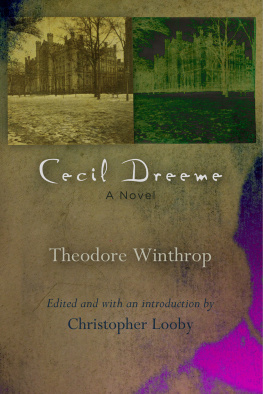
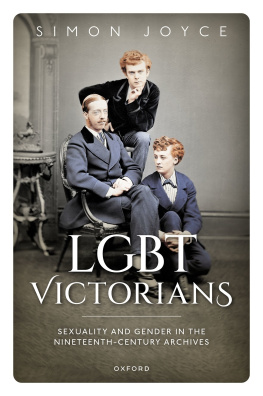
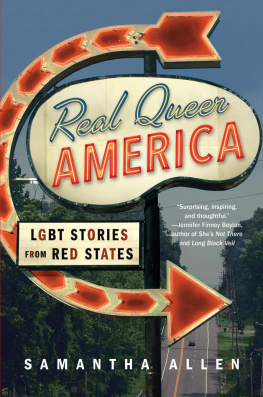
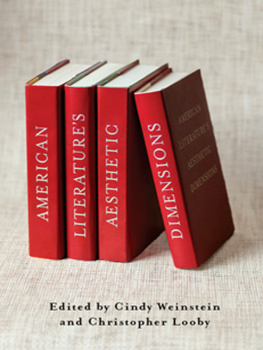
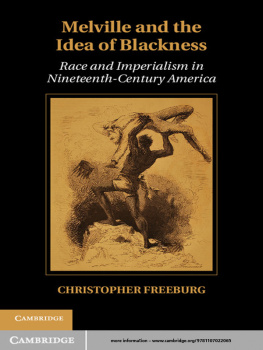
![Harvie Christopher - Nineteenth-century Britain: a very short introduction ; [in memorian Colin Matthew]](/uploads/posts/book/137651/thumbs/harvie-christopher-nineteenth-century-britain-a.jpg)
